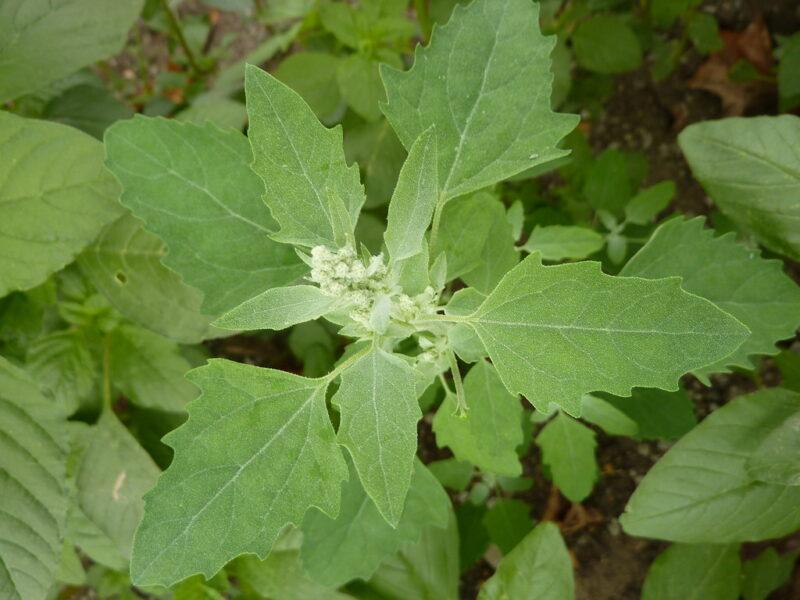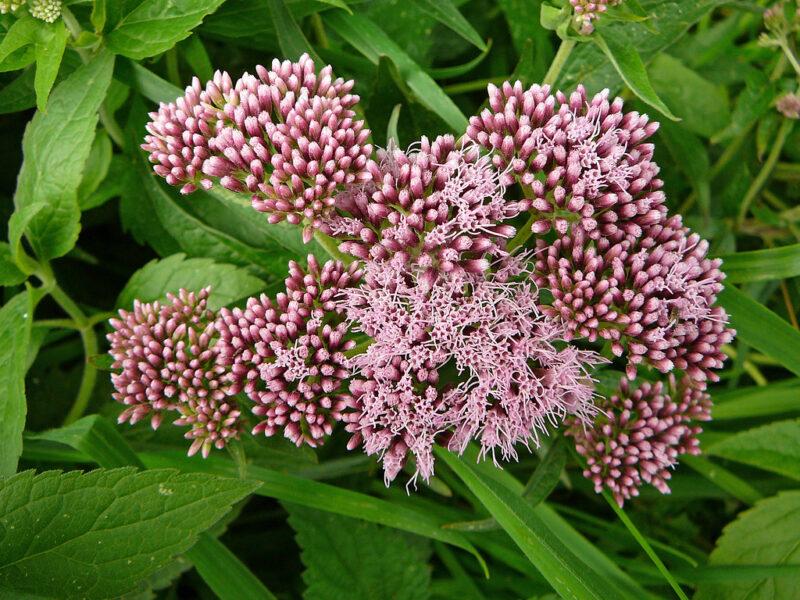Also known as Soapwort.
This plant grew for years along the edge of the woods behind my house, and though I always loved the burst of color and sweet smell, I never knew its practical value.
While Marie did not know how phosphates suspend oil and dirt in water to be rinsed away, she knew that boiling soapwort created foam that would accomplish the same task.
Soapwort or Wild Sweet William
… grows in early summer in the rich, well-drained soil along the edge of the meadow where it is shaded from the strong afternoon sun. The leaves are slightly hairy with flowers forming atop the smooth stem. Little fingers appear to reach out from the stem and grab weeds near it to reach its full height of three feet. Left undisturbed, it can be invasive. The prolific pink, sometimes white, flowers burst forth from June to October attracting butterflies and honeybees with their sweet, spicy aroma.
This natural soap is gentle enough for use on wool sweaters or silk blouses without stripping their natural oils. The cleanser made from soapwort makes a nice alternative for sensitive skin or an herbal bath. Leftovers keep better in the refrigerator. If you cannot use it within the week, freeze it to avoid bacterial growth.
To verify wild sweet william, pick a handful of leaves and flowers, dunk them in a bucket of water, and rub them vigorously between your palms. A cool green lather will form with a fresh outdoorsy scent.
The entire plant is useful in making soap.
In the spring, harvest the shallow woody rhizomes, scrub them, and cut them into small chunks. Place two handfuls into a quart of boiling water. Return to a boil, and then lower the heat and let simmer for about twenty minutes. Once the mixture cools, run it through the blender, a little at a time. This will create a lot of foam, so allow it to dissolve overnight. Strain the mixture through a sieve to remove the bits of roots. Dry and store these bits to toss in the pot the next time.
In the summer, harvest leaves and flowers. Gather about a handful of sweet william leaves and flowers and simply pour a cup of boiling water over them. Let steep for about fifteen minutes, strain, and whisk the liquid until foamy.
To use all year long, dry the leaves, flowers, and roots, making sure to turn frequently to avoid mold growth.
As with any soap, do not eat soapwort.
Source: Hitchcock, Susan Tyler. Gather Ye Wild Things: A Forager’s Year. New York: Harper & Row, 1980. Print


